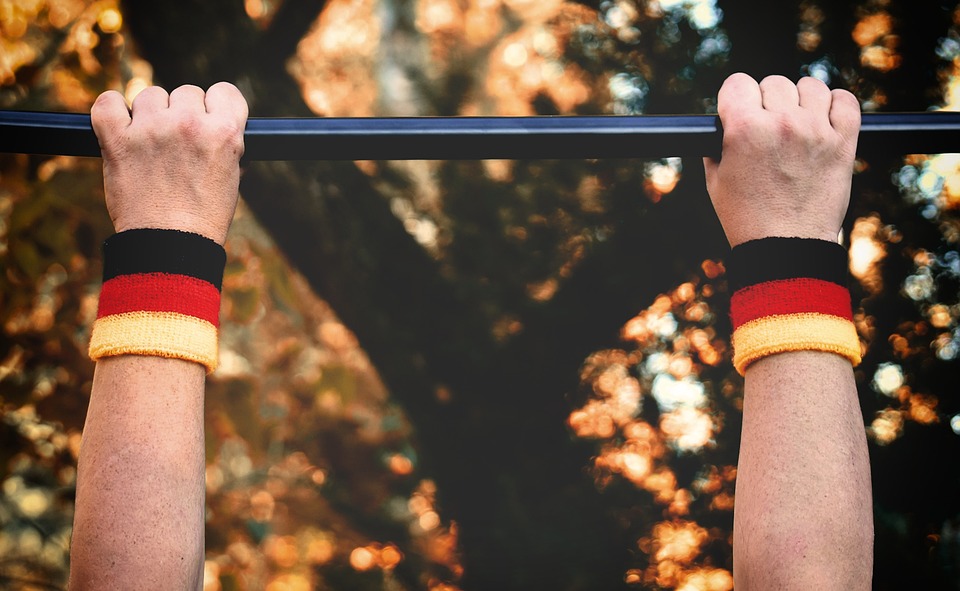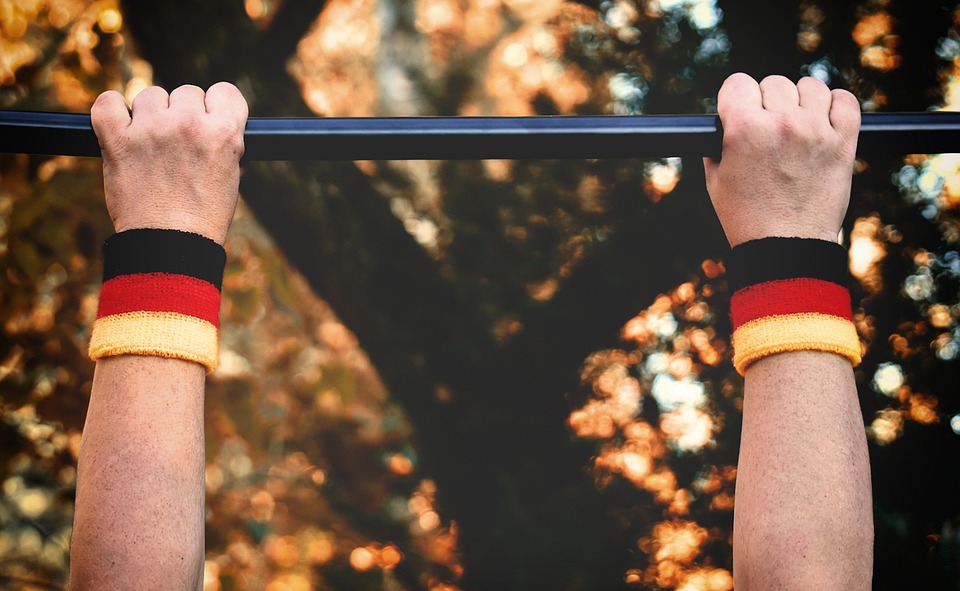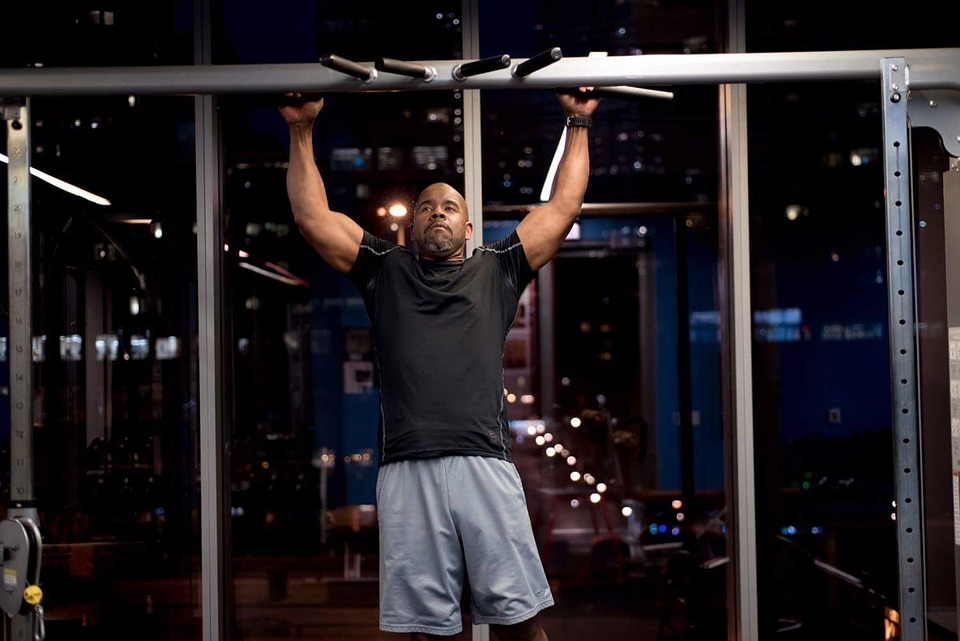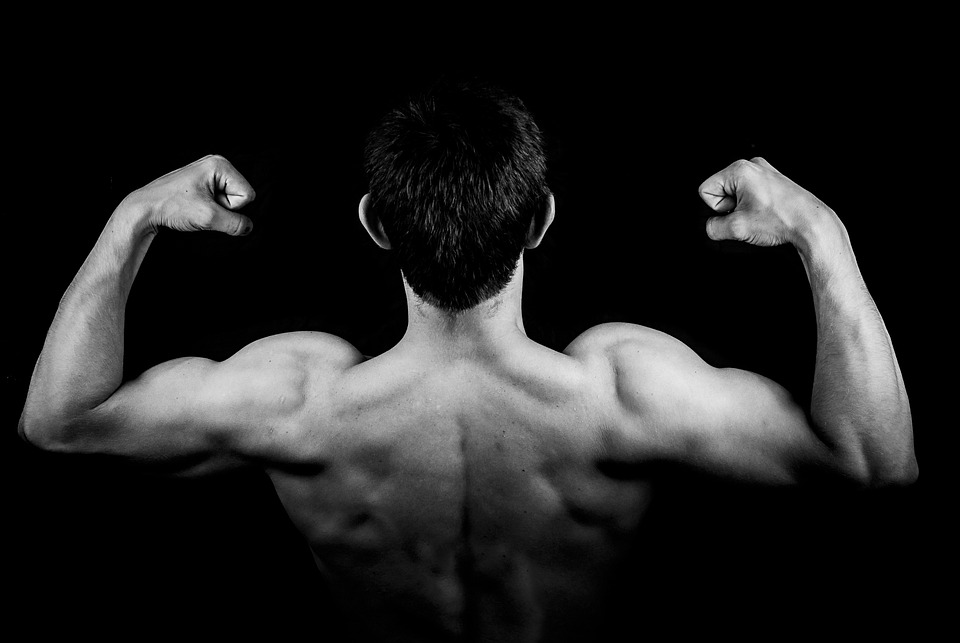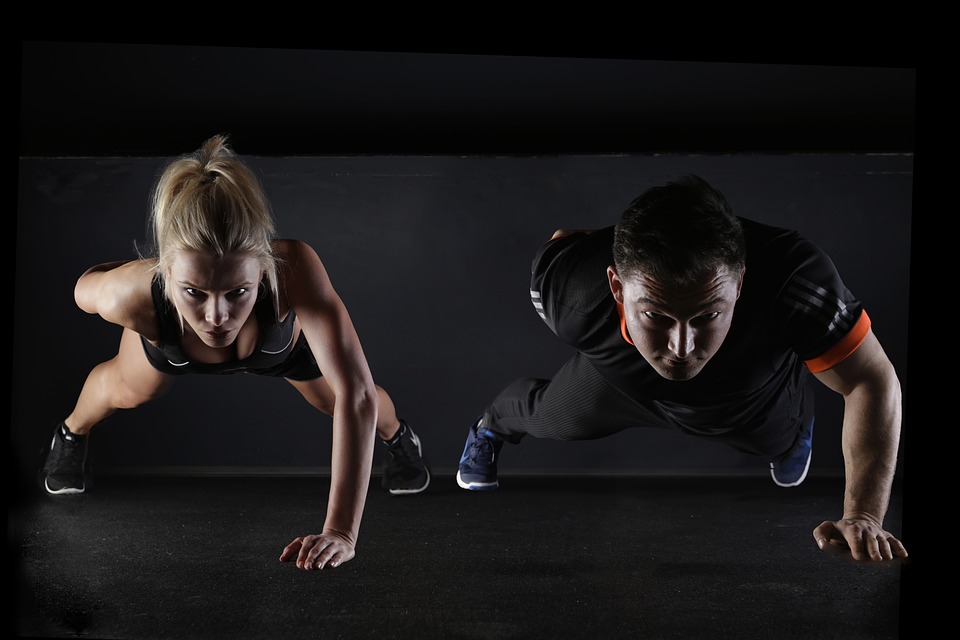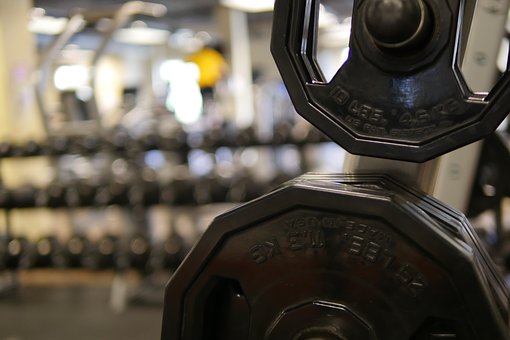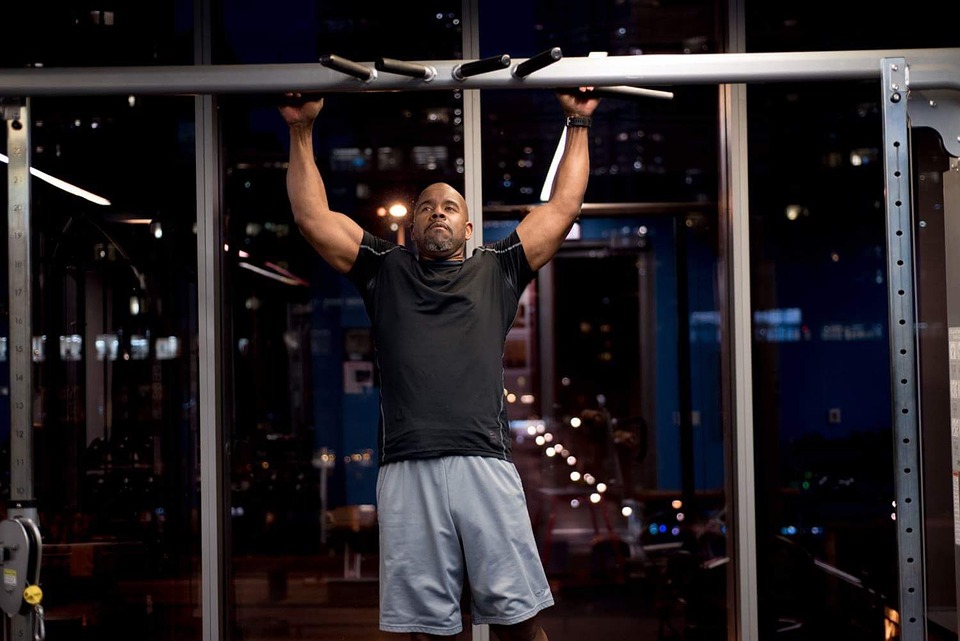
Using the pull-up and chin-up in the same fashion is something that takes place often without people realizing it. This is an understandable mistake. Ultimately, performing either motion requires you to grasp a bar and raise your chin above it. When it gets to the nitty-gritty in programming, the subtle distinction in words such as “push” or “pull” can have a major impact on the results you’ll obtain.
It is essential to consider the details of each move, from the posture of the hands to the muscles used in the action, when deciding which variation is appropriate.
What Is Chin Up?
To do a chin-up, start by gripping the bar with an underhand grip and then lift your body until your chin is over the bar. This activity shares many of the same characteristics as pull-ups, however, if you are doing chin-ups your hands are facing inwards towards yourself.
A popular exercise that involves using your own body weight as the resistance. Approach the pull-up bar and lower yourself down in a controlled manner.
What Is A Pull-Up?
Pull-ups involve the same body movement as chin-ups, however, the difference is that your hands are flipped so that your palms are facing away from your body. This type of grip is commonly called a pronated grip. Pull-ups exercise distinct muscle groups located in the upper body which is slightly more complicated than chin-ups.
Difference Between Chin-Ups And Pull-Ups?
The principal distinction between these two exercises lies in the grip taken on the bar. Having your palms pointed in a particular direction is significant in respect to the muscle group you are focusing on.
There are 3 types of grip:
Pronated grip
Or overhand grip. We use this grip in pull-ups.
Hold your hands with your palms facing away from you throughout the whole exercise. In order to carry out the ideal overhand grip, the majority of your hand should be across the top of the bar. The finger knuckles should be oriented toward the heavens rather than sideways.
The pronated grip allows more back muscles to be used than with either the underhand or neutral grip.
This handle is not suitable for someone who has shoulder issues like damage to their rotator cuff.
Supinated grip
The underhand is the reverse of the overhand. This grip can turn your routine into a chin-up exercise. During the whole workout, keep your palm facing you.
The biceps brachialis is the primary muscle used with force, and the front part of the body is ignited by its efforts. By bringing the elbows towards the front of you and shortening the grip, you will find it easier to do a chin-up.
Neutral grip
Grip the bar with your hands facing one another, commonly termed the hammer grip. This task is simpler to accomplish while using a neutral grip because it takes less bicep strength to pull yourself up.
Neutral grip exercises can be carried out using traditional monkey bars and gymnastic rings.
If you opt for the use of gymnastic rings when doing pull-ups, all the different grips will be jumbled together as the rings move following your wrist motion, making it a more pleasant experience.
Chin-Up And Pull-Up Use These 5 Muscles
Both exercises can be deemed full-body workouts, as the ideal form necessitates the utilization of the majority of the major muscles.
Nevertheless, the workout regimen primarily depends on the functioning of five muscles that are the primary source of pulling strength.
Latissimus dorsi
Whenever you are lifting something heavy with your arms, you are engaging your latissimus dorsi muscles, commonly known as lats. The muscle begins beneath the armpit and continues until one’s lower back. This is a huge set of muscles that helps us stay steady, move with power, and maintain our posture.
Biceps brachialis
This is one of the two primary muscle groups targeted when performing pull-ups or chin-ups. This muscle begins at the shoulder and stretches down to the elbow, giving us the ability to flex our arms.
Erector spinae
This is the second member of our body that contributes to our tugging power. It’s found on the small of your back, traveling down the backbone, and giving balance to reinforce the action of your body.
Pectoralis major
Often referred to as “pecs”, the majority of the muscles that shape our upper torso are found in this area. This set of muscles is responsible for manipulating the chest and shoulder regions. Chin-up benefits from this muscle more than the pull-up.
Lower trapezius
This muscle is responsible for drawing your scapula in the direction of the middle of your body. This large muscle located on our back enables us to perform numerous tasks involving heavy lifting, such as lifting items over our heads, shrugging our shoulders, and carrying loads.
Chin-Ups Work More Chest And Biceps
A study in 2010 highlighted that chin-ups can prompt the involvement of the pectoralis major and biceps brachialis muscles.
When we are doing a chin-up, the palms-facing-toward-us position places our elbows ahead of the torso. Therefore, the length of the lever arm increases while it is being pulled. Because our torso is at an incline, the pecs muscle is stimulated more than when doing pull-ups.
Chin-ups target the front of the body more than pull-ups or neutral-grip pull-ups do. And we tend to use narrower grip in chin-up.
It is advisable to do more complicated exercises such as L-sit pull-ups with a chin-up grip. You will observe that an L-sit while hanging from the bar is much easier to achieve if the underhand grip is used instead of the overhand grip.
Pull-Ups Work More The Lower Traps
A pronated grip while doing pull-ups targets the trapezius muscles, which can be difficult to engage by performing chin-ups. This muscle is responsible for lifting the scapula to the centerline. It’s also responsible for stabilizing your shoulders during movement.
At the beginning of a pull-up, the shoulder blades should be rotated outwards so that they are angled upwards. The lower trapezius will be more stretched during the process, which increases its activation.
Neutral Grip Works The Same Muscles As Chin-Up
The study did not demonstrate that the neutral posture was more effective in activating muscles. The neutral grip produces the same level of lat activation as the pronated and supinated grips.
A separate study found that pull-ups utilizing a neutral grasp are more similar to chin-ups, which involve the muscles in the biceps and chest more than traditional pull-ups do. The chin-up exercise is surpassed in posterior deltoid activation by the “and it” exercise.
In my opinion, performing a neural grip is just as challenging and engages the same muscle groups as a chin-up. You can make a decision between using a pronated or neutral grip based on what you like best.
Pull-Up Variations
You can add different forms of the pull-up to your workout routine, either on its own or in addition to a more traditional type.
Weighted Pull-Up
The pull-up exercise is made more challenging by wearing a dip belt with weights or holding a dumbbell between the feet.
This form of pull-up is more strenuous as you must use more force, so it will put a greater strain on your center, hold, and upper back than an ordinary pull-up. For those trying to get stronger in the entire body and discover that standard pull-ups are too easy to be able to provide a fit, the subsequent step would be an excellent advancement. This can cause a strength representative range of about three to six reps.
Band-Assisted Pull-Up
An alternate exercise to work on building one’s strength in the movement pattern required for the pull-up is the band-assisted pull-up. This is ideal for anyone who is close to being able to do a full bodyweight pull-up but isn’t quite there yet. Secure a band around the pull-up bar, then thread it beneath one of your feet to aid you in the lowest part of the motion.
As an alternative, you can place the band over a squat rack with an attached pull-up bar, and then stand on it, just like you would with a trampoline. By going about it this way, you can keep the same motion of a pull-up while easing the difficulty until you have developed strong enough to increase the intensity.
Neutral-Grip Pull-Up
In a neutral-grip pull-up, your hands will be positioned with the palms facing inward toward one another. A grip that is neither an overhand nor an underhand grip can help to counterbalance the stress on your shoulders when using an overhand grip.
You can use these exercises as a stepping stone to completing a full pull-up or as another option when your shoulders become strained.
Towel Pull-Up
The lifter wraps towels around the barbell, one for each hand, in a towel pull-up. Making use of towels to boost yourself puts more pressure on your grip. There is an increased need for your shoulder stabilizers as the towels will be functioning separately.
A pull-up using a towel can be a beneficial exercise if you wish to move towards achieving ring pull-ups or muscle-ups.
Olympic Ring Pull-Up
Doing Olympic rings pull-ups is one of the most challenging types of pull-ups. Beginning in the hanging position, the swing of the rings will require your complete body to remain steady and generate power.
If you can manage to complete Olympic-style ring pull-ups, you most likely have attained an exceptionally strong shoulder and core. You’ll receive an excellent set of lats as a reward.
Chin-Up Variations
There are a variety of ways to adjust the chin-up exercise to match your personal ambitions.
Weighted Chin-Up
Secure a dip belt around your waist with additional weight to add challenge to the pull-up exercise.
An alternative to using a dip belt is to tie a lightweight dumbbell around your ankles. The additional heft will test your abdominal, biceps, and back muscles more rigorously than the traditional chin-up.
Band-Assisted Chin-Up
A band-assisted chin-up decreases the amount of weight you have to pull up when you’re executing the exercise over its full range of motion. Utilizing a resistance band will facilitate the start of the lift.
Fasten a strap around the pull-up bar and thread it underneath the feet. Rather than connecting it to a single bar, pass it between the two rods of a squat rack and pull-up station, which will give a more secure foundation. The band-supported pull-up enables you to build the necessary strength throughout your body in order to perform chin-ups without the band. The utilization of this can also facilitate doing more repetitious labor.
Close-Grip Chin-Up
A standard chin-up varies from a close-grip chin-up in that the hands are positioned closer together during this type of exercise. The overall technique for doing a chin-up is basically the same, but the focus of the physical challenge is on working the long head of your bicep muscles.
This variation is fantastic for increasing arm muscle development as the biceps will be undertaking the additional effort.
Single-Arm Chin-Up
The single-arm chin-up is a highly difficult form of chin-up that requires massive control in the core and builds outstanding strength in one arm. The trainee carries the full burden using only one arm instead of two.
To successfully execute the single-arm chin-up, ensure steady movement of your body to avoid unnecessary rotation. You’ll need a strong arm to help strengthen your back muscles and lift up your entire body.
Pull-Up Vs. Chin-Up — When To Use Each
The pull-up and chin-up have some overlapping benefits. It is essential to recognize the distinctions between them when you aim at precise targets or look to better your all-around physical fitness and muscle development.
Training Age
When you are at the start of your fitness program, the chin-up is probably the best exercise to do. When doing a chin-up, you need to be mindful of the positioning of your hands and the grip you use which requires somewhat less strength and stability in the shoulders. This renders this exercise more available to those who are just starting out with strength training compared to the pull-up. In contrast, those with additional programming skills usually opt for the pull-up in order to fully test their strength and involve their whole body.
Muscle Growth
To grow your muscles fast, select the option that permits you to do many repetitions precisely. This will aid you in achieving a moderate intensity level (instead of a low one) for building muscle.
The advantage of the chin-up over other exercises is that the weight lifter’s shoulders are less likely to become a challenge and the motion will be slightly reduced. Your biceps and back muscles will receive an intense workout – more than just doing a pull-up alone. You can also employ resistance bands to help you perform more repetitions to promote muscle growth.
Shoulder Function
The pull-up necessitates more strength, flexibility, and solidity in the shoulder area. It follows, therefore, that continuing to do pull-ups is a smart choice for preserving shoulder strength and capability.
It is possible that difficulty with the mechanics of the shoulder muscles, as well as general shoulder pain, may be experienced. If that’s the case, focus your workout on exercises with assistance (machines or bands) and do pull-ups or changed inverted rows instead. Pay attention to your physical sensations and pick the stage of action that feels most appropriate.
Full-Body Strength
Using a dip belt, you can make both exercises an intense workout for gaining overall strength. A pull-up poses a formidable test for shoulder strength. However, the chin-up recruits more general muscle mass. Depending on the outcomes you are seeking, both methods can produce better strength drastically – particularly if you use them with heavy resistance.
Approaching the Muscle-Up
The muscle-up is a complicated move that necessitates beginning the motion with your hands in a double-overhand stance. It doesn’t matter if you prefer utilizing a faster or stricter power lift, performing a muscle-up necessitates strong pull-ups since they involve the same grip. Performing a chin-up is impressive, but for a more focused workout that can help you eventually do your first muscle-up, a pull-up is a way to go.

